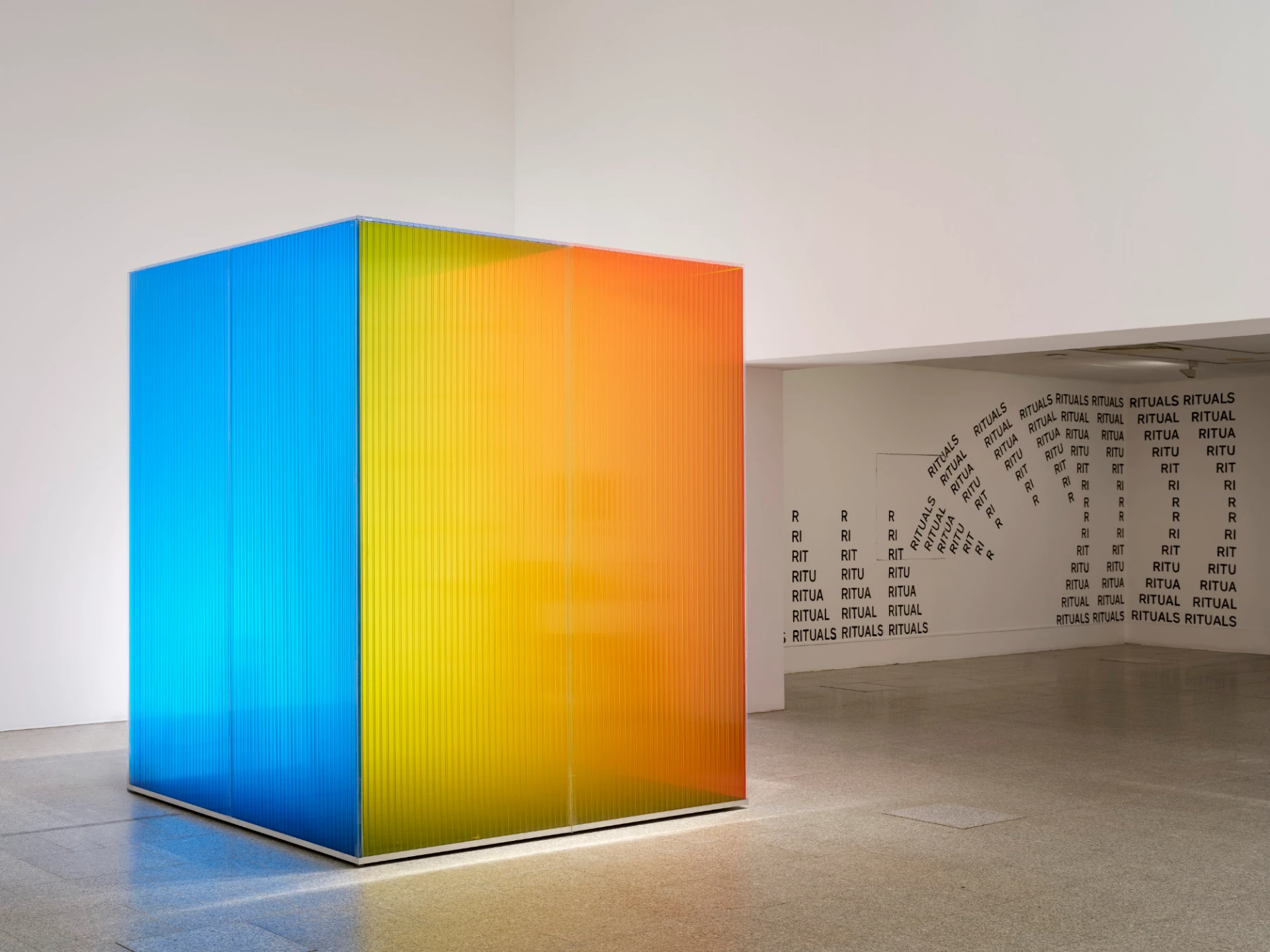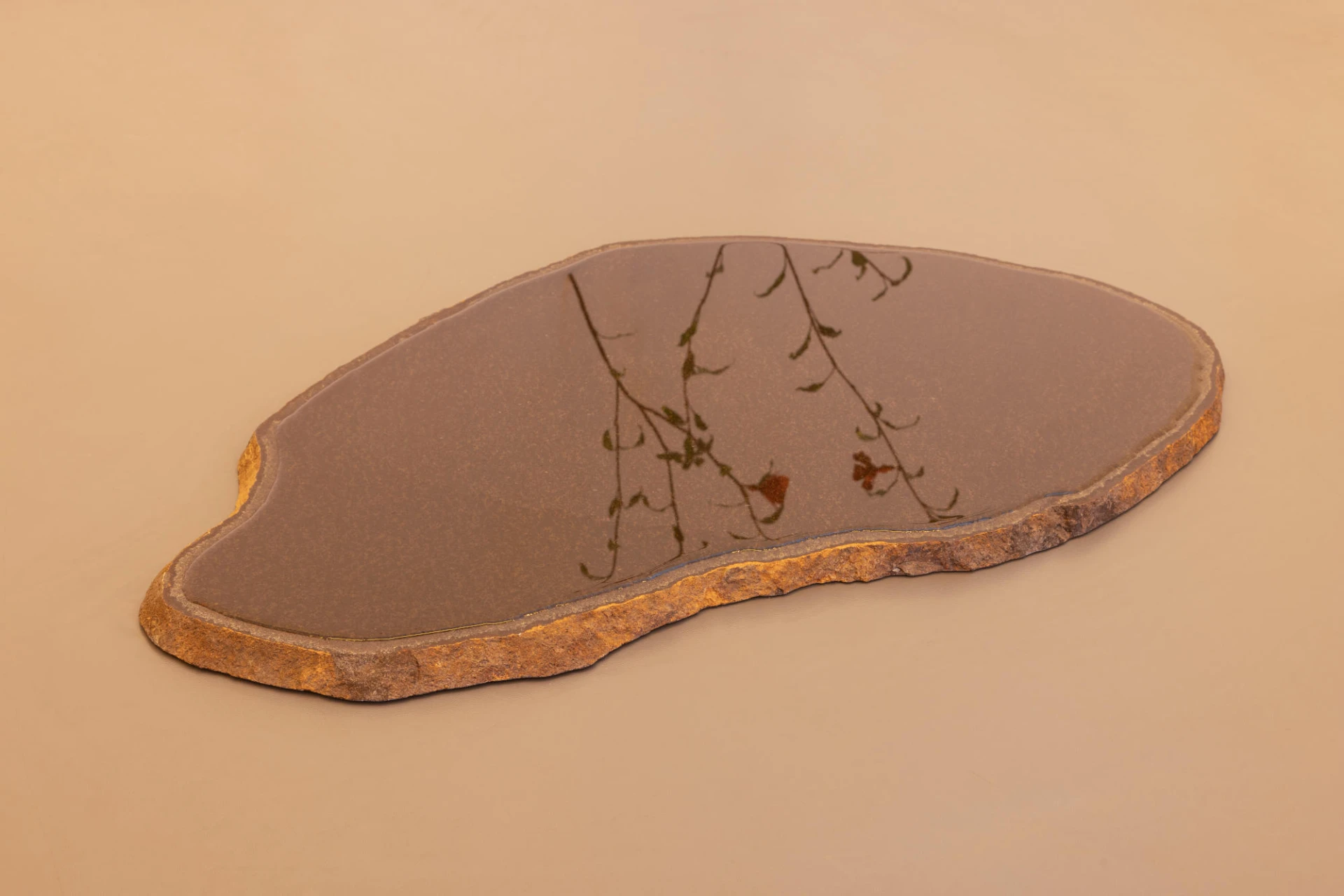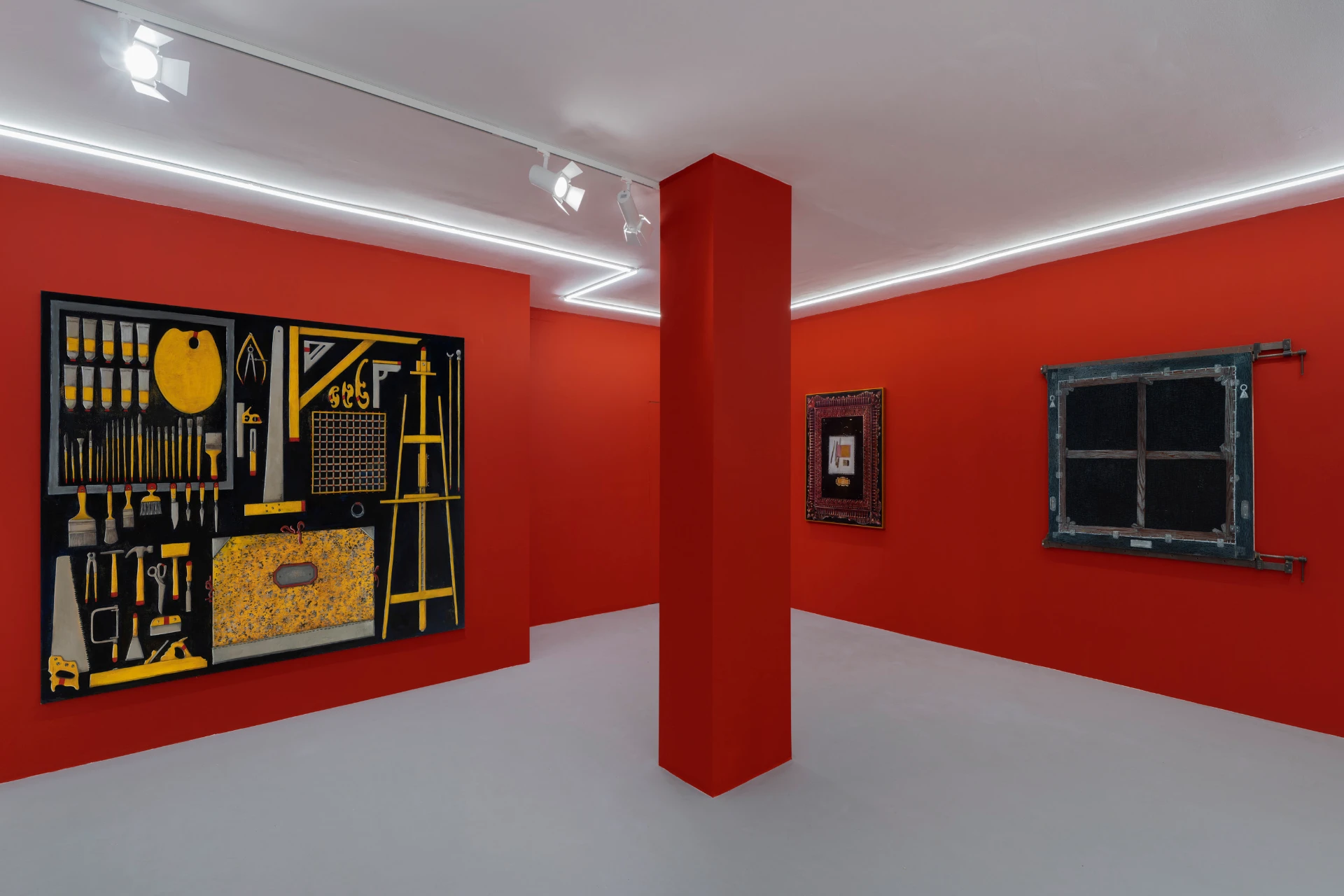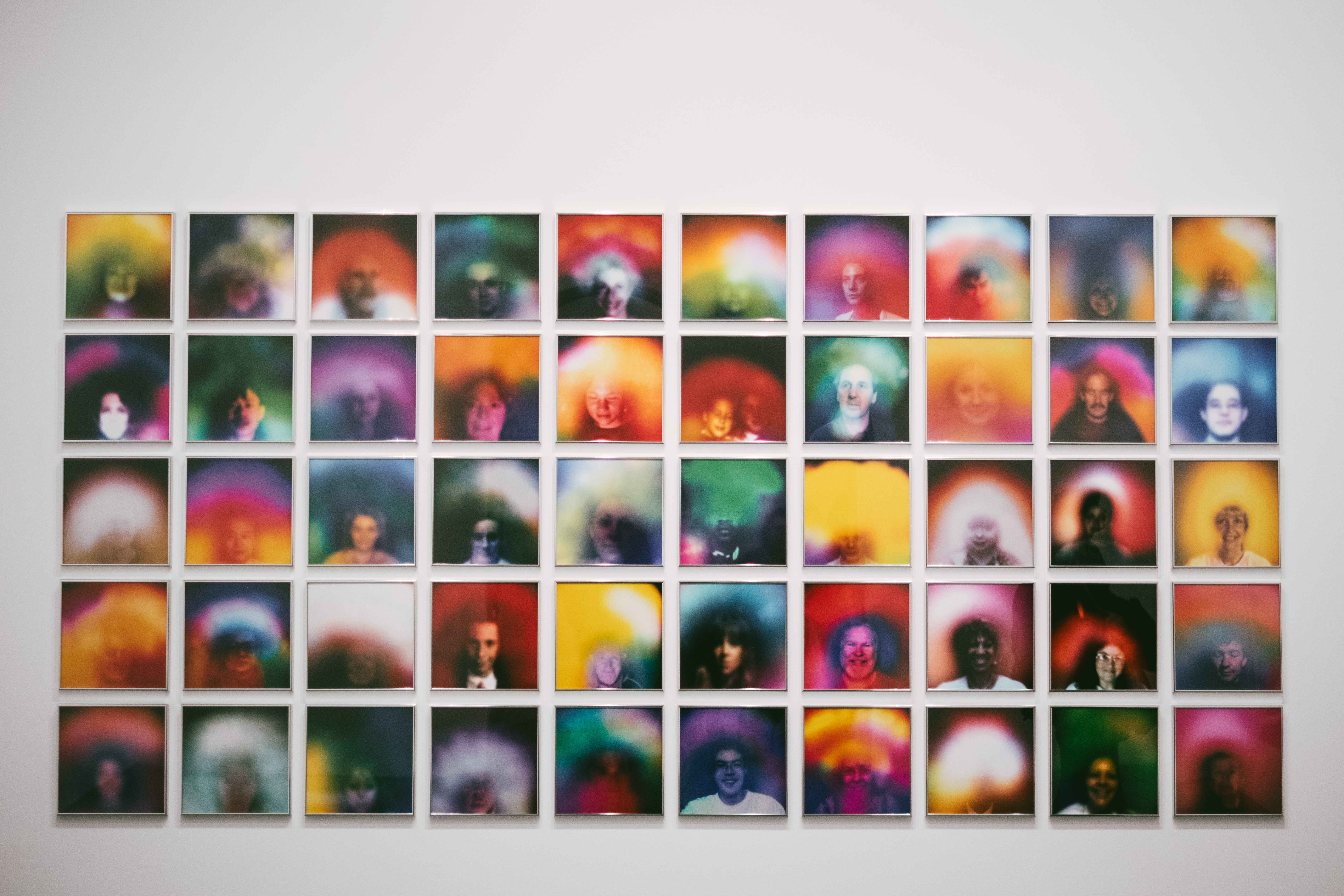article
Identity as collaboration: marginal echoes in the work of Susan Hiller
"Whatever catches my eye could be the starting point for a work, and my commitment to the remaindered, rejected and overlooked things and ideas we collectively create, can and has been read metaphorically as a commitment to bringing into visibility marginalised social and political others." — Susan Hiller [1]
The exhibition that Culturgest is now dedicating to Susan Hiller is not only a retrospective of her career, but a true dive into the deepest layers of the collective consciousness, its ghosts and the residues of its imagination. The artist, with an experimental practice that encompasses painting, photography, audiovisual installation and writing, has always lived between the visible and the invisible, between documentation, superstition and dreams.
Shaped by a confluence of influences that encompassed the formal rigor of Minimalism, the performative experimentation of Fluxus, the explorations of the unconscious promoted by Surrealism, and a critical feminist perspective, Susan Hiller was interested in alternative and marginal practices from an early age. Extrasensory perception, the subconscious, and automatic writing have become, over time, instruments for probing the deepest and most shadowy areas of contemporary culture. Her work is shaped as a persistent investigation of the collective unconscious — an archaeology of the forgotten, shared research that transforms ‘exclusion’ into critical and poetic matter.
Her artistic positioning reflects a deliberate rejection of hegemonic narratives and dominant aesthetic conventions. Her initial training in Anthropology not only shaped her way of seeing things but also provided her with research methodologies and sparked an interest in illegitimate practices, which she later reworked in her own language. Her work develops as an ethnography of the collective unconscious, where the esoteric, the domestic and the technological contaminate each other in a persistent investigation that does not give in to a naïve fascination with the mystical and that maintains conceptual rigor, making her one of the most unique and, I would say, because of her singularity, uncomfortable voices in the contemporary art scene.
In Dedicado ao Desconhecido, the artist's first solo exhibition since her death in 2019, the works are organized into thematic groups that cover the artist's different moments and interests, offering a comprehensive view of her tireless research.
The first room features works from the Dedicated to the Unknown Artists and Rough Seas series. From 1969 onwards, Susan Hiller began collecting vintage postcards depicting rough seas along the British coast—popular images, sometimes hand-retouched, that were originally mass-produced but here are reframed with the rigor of careful curation. Organized in large formats, these compositions—such as Storm Scenes (1989), Rough Dawns II (2015) or The Blues (1984)—reveal a poetic style in which repetition and variation create their own visual rhythm. In works such as Dedicated to the Unknown Artists: Addenda I, Section 6: A Cornish Seascape (1976), Hiller puts the postcards, maps and technical tables together, claiming them as cultural testimonies and assigning them aesthetic and documentary value. She rescues them from anonymity and questions their authorship and memory. These are images that, recontextualized, challenge the hierarchies of the gaze and return to the banal, its symbolic and affective dimension.
In the 1970s, the artist developed a series of Investigações Colectivas — participatory experiments that call on small groups to explore dreams, auras, and telepathic phenomena. In this second section of the exhibition, works such as Documentation of “Draw Together” (1972), What I See (the Aura Series) Studies in the Visible World, Part 1 (1975), and Dream Mapping (1974) reveal a quasi-scientific, yet deeply subjective, methodology that challenges the conventions of observation and inverts prevailing epistemological hierarchies. Hiller is interested in exploring the limits of what we consider “legitimate” knowledge by mapping shared dreams or tracing the energetic contours of the human body, recognizing intuition, the invisible, and the symbolic as valid avenues of investigation and exposing, in some way, the gaps and exclusions inherent in the dominant rational paradigms.
During the production of Draw Together, Susan Hiller experiences a spontaneous experience of automatism that proves transformative and leads her to develop a line of work in which automatic writing becomes a central practice. The hand, freed from conscious will, begins to move on its own, drawing hybrid signs between ‘indecipherable hieroglyphs that transformed into legible words, with various puns’[1]. By giving in to the flow of the unconscious, Hiller challenges the hegemony of discursive reason and exposes the multiplicity of the self — suggesting that identity is ultimately a collective, plural and unstable construction: identity is a collaboration, that the self is multiple[2].
In her automatic manuscripts — some of which were later transformed into sculptures or installations — the artist often includes metalinguistic comments that question the linearity of language and the idea of a unified subject. This practice paves the way for a profound exploration of the margins of consciousness, language, and being. Drawing inspiration from 19th-century spiritualist practices, the surrealist automatism of authors such as André Breton or Robert Desnos[3], and Freudian proposals for free association[4], Hiller appropriates automatic writing as a critical tool. It is not a question of passively reproducing these traditions, but rather of reinscribing them as a gesture and form of resistance and revelation: accessing what remains invisible, repressed, or excluded by modern rational normativity. This gesture also has a political and aesthetic dimension: by giving body to languages that have in some way been silenced or even marginalized, the artist claims other histories of art and literature, where the esoteric and the intuitive are not discarded, but recognized as legitimate sources of knowledge and creation. Works such as his sculptural homage to Gertrude Stein, featured in the exhibition, reveal this effort at symbolic rehabilitation — an attempt to reinscribe forgotten figures and practices in the present.
During the 1980s, Susan Hiller's interest in automatism took on new forms. Automatic writing evolved into a more calligraphic and abstract expression, merging with drawing and painting, in a visual language that intensified the symbolic charge of the gesture. In series such as Home Truths, the artist superimposed automatic calligraphy on children's wallpaper patterns, exposing the ideologies and gender stereotypes that hide beneath seemingly innocent surfaces — e.g., Ghostbusters (1986). In The Secrets of Sunset Beach (1987), fragments of writing emerged over images of everyday spaces, creating a tension between the intimate sphere and the cultural codes that shape subjectivity. At the same time, Hiller began an annual ritual: the burning of her own paintings, whose ashes she preserved in glass containers — Next (1986). This performative (and silent) gesture acquired a symbolic character, functioning as a commentary/reflection on the transience of art, memory, and identity. It is a practice that refuses to fix the artistic object and emphasizes, instead, process, disappearance and transformation — central themes in her work, which question the very nature of what is preserved, remembered or forgotten.
Along the corridor leading to the installation Belshazzar’s Feast — to which we will return — is From India to the Planet Mars (1997–2017), a work composed of light boxes and photographic transparencies that condenses several of the central lines of inquiry in Susan’s practice. Here she brings together excerpts from texts written by mediums, artists, poets, and anonymous figures, including mediumistic messages, reports, and documents originating from psychoanalysis. The title refers to psychologist Théodore Flournoy’s study of Hélène Smith, a Swiss medium who claimed to communicate with intelligences from other worlds, among other experiences. In Belshazzar’s Feast (1983–84), a standout installation, Hiller draws on “journalistic accounts of viewers haunted by strange apparitions” [5] on television that occurred when the broadcast ended at night. The multimedia installation combines Super 8 footage of a bonfire with sound recordings of the artist herself, songs and narrations, transforming the television screen into a fireplace — a place for sharing and symbolic projection. Without affirming or denying the veracity of the accounts, Hiller treats these experiences as social facts, revealing the persistence of the magician in technological modernity.
In another room, Psi Girls (1999), a multichannel work composed of five synchronized screenings of excerpts from popular films — The Fury (1978), Stalker (1979), Firestarter (1984), The Craft (1996) and Matilda (1996) — in which young girls manifest telekinetic powers. Accompanied by the increasing and progressive synchronization of a gospel choir, a hypnotic atmosphere is created that reflects on the cultural fascination with the paranormal — and, perhaps, on the subversive potential of female power —, leaving the viewer in a space of unsettling suspension, between belief and disbelief.
After visiting the exhibition curated by Andrew Price, we feel that we have also experienced Susan Hiller's desire to continually challenge the boundaries between the rational and the irrational, between 'official' culture and its symbolic undergrounds.
The Levitations, GHOSTS and Auras collection features digital images of amateur levitations, ghostly vapours and coloured energy fields, such as Homage to Yves Klein: Levitation (Man) (2011), Vapours (Brown) (2012) and After Duchamp (2016–2017). Drawing inspiration from modernist figures such as Yves Klein and Marcel Duchamp, Hiller investigates how the occult and mysticism infiltrate and persist in contemporary visual culture. For the artist, these images are not proof of the supernatural, but metaphors for the human desire for transcendence, the constant drive to go beyond the limits of the body and objective reality.
At the end of the exhibition, curated by Andrew Price, we are left with the feeling that we have also traversed the symbolic territory that Hiller inhabited. With a profound poetic and conceptual sensitivity, she makes us see that cultural residues, forgotten fragments, the banal, dreams and "irrational" beliefs are living, aesthetic and sublime material.
The exhibition, organized by the Museo Helga de Alvear, Cáceres, in collaboration with Culturgest, can be visited until June 22, 2025.
[1]Informational text in the exhibition
[3] CONLEY, Katharine, Surrealist Ghostliness-University of Nebraska Press (2013), Susan Hiller’s Freudian Ghosts, pág. 201
[5]Informational text in the exhibition
BIOGRAPHY
Maria Inês Augusto, 34, has a degree in Art History. She worked at the Museum of Contemporary Art (MNAC) in the Educational Services department as a trainee and for 9 years at the Palácio do Correio Velho as an appraiser and cataloguer of works of art and collecting. She took part in the Postgraduate Programme in Art Markets at the Faculty of Social Sciences and Humanities of Universidade Nova de Lisboa as a guest lecturer for several editions and collaborated with BoCA - Bienal de Artes Contemporâneas in 2023. She is currently working on an Art Advisory and curatorial project, collaborating with
Teatro do Vestido in production assistance and has been producing different types of text.
ADVERTISING
Previous
agenda
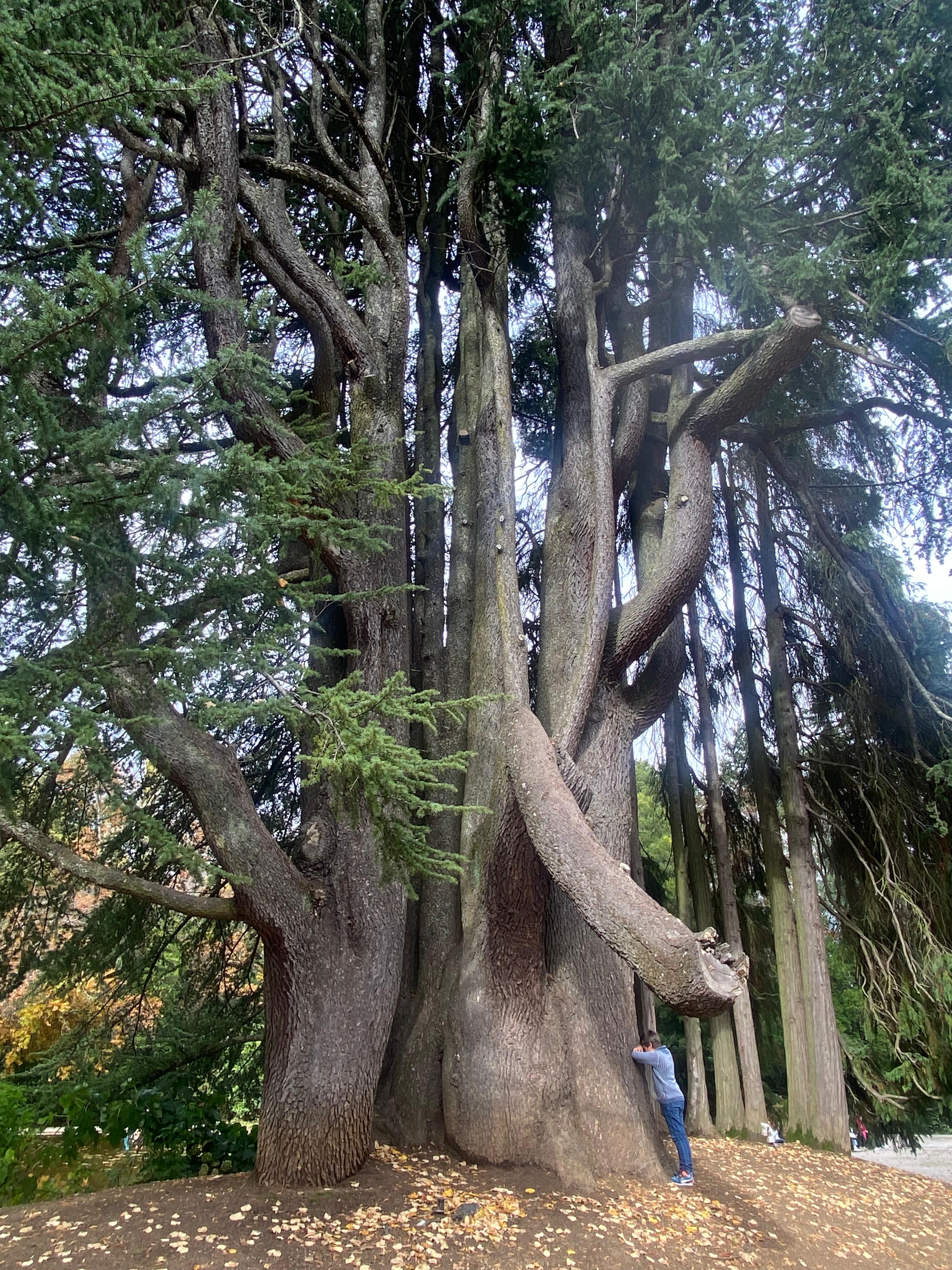
09 Jun 2025
UmbigoLAB Call: Art residency UmbigoLAB @ Casa de Mateus Foundation
By Umbigo
Next
article
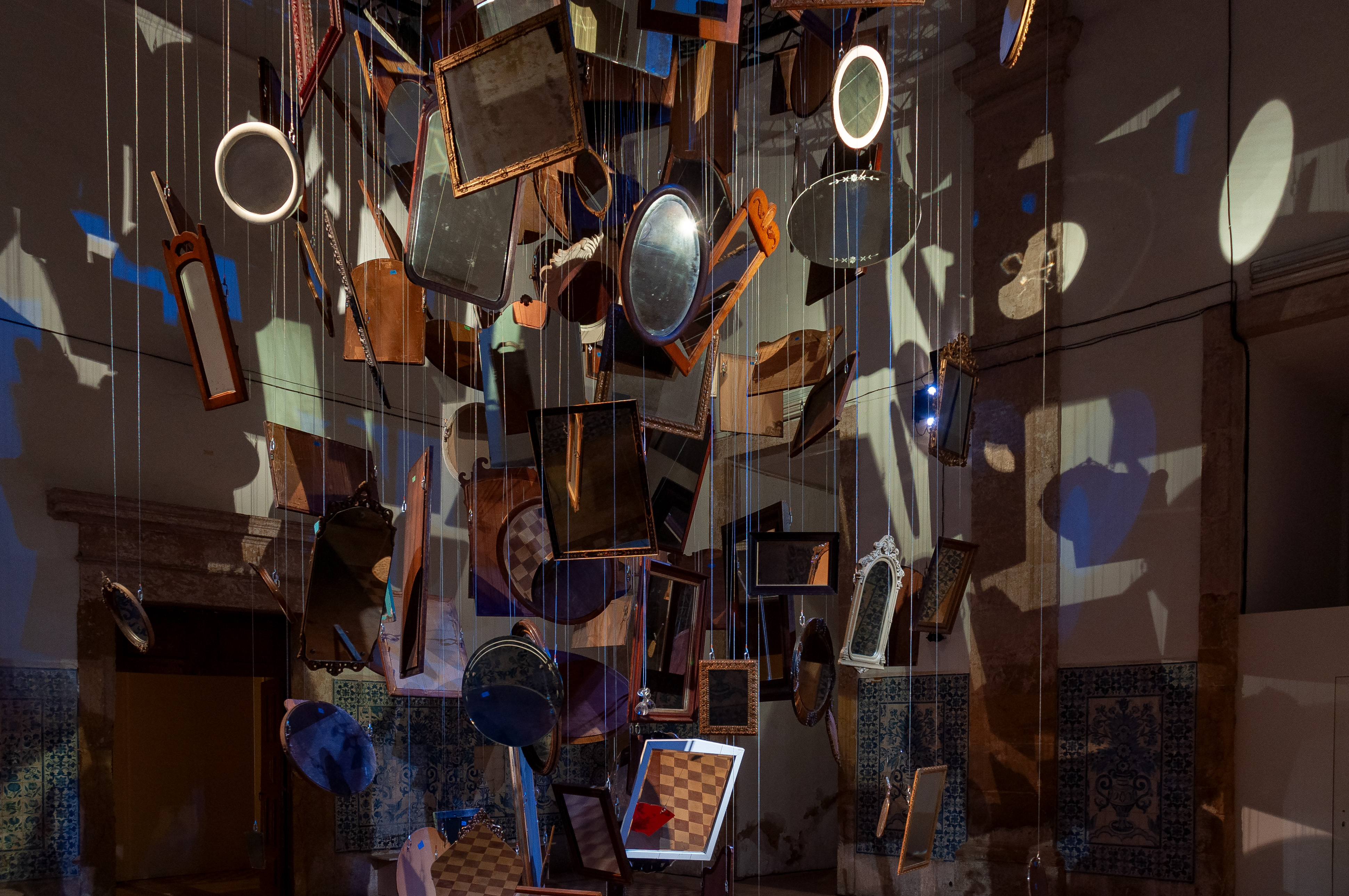
12 Jun 2025
A Fábrica das Sombras
By Mafalda Teixeira
Related Posts
